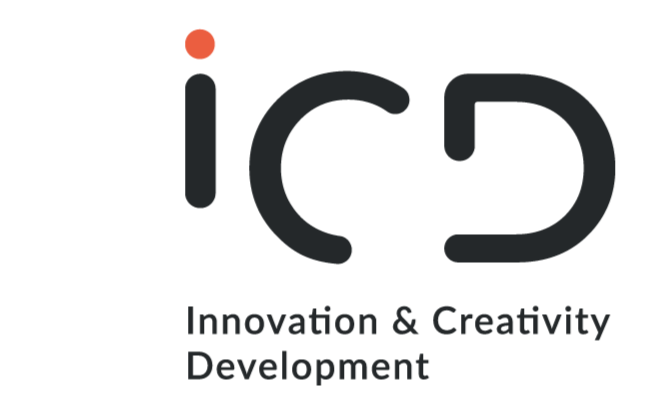
Innovation is not just about creating products — it’s about understanding the market from a new perspective.
For a long time, business development has followed a classic logic: identify a need in the market and build a product to solve it. This formula has proven effective, especially in environments where consumer behaviors and competition are relatively predictable. Nevertheless, launching a new product still requires significant investment in marketing to position it correctly.
Today, however, markets have changed. Globalization, digitalization, and technological acceleration have created much more complex environments. Large companies are no longer just competing with each other — they now face agile startups seeking to disrupt entire industries by identifying gaps or inefficiencies in the system. In this context, focusing the strategy solely on the product is no longer enough.
From Product to Validation: Shifting the Perspective
One of the most common mistakes in the innovation process is assuming that the customer knows what they want. In reality, in many cases, they don’t — not until they see it. That’s why, instead of asking what they need, it’s often more useful to understand what bothers them, what frustrates them, or what they avoid. This provides much more valuable insight for designing meaningful solutions.
The role of the entrepreneur — or the intrapreneur within an organization — should be that of a facilitator in a collaborative process with the customer. Through agile methodologies based on constant iteration, experimentation, and feedback, it’s possible to co-create solutions that genuinely align with real user dynamics.
Lean Startup: Efficiency, Learning, and Action
This is the spirit behind the Lean Startup methodology, developed by Eric Ries. Its objective is clear: reduce the waste of resources, time, and effort through rapid cycles of development, measurement, and learning. Rather than spending months (or even years) building a full product before releasing it to the market, Lean Startup proposes:
- Build fast: create only what adds value at each stage, eliminating the unnecessary.
- Measure fast: define metrics that help us learn about the viability and acceptance of our solution.
- Learn fast: incorporate lessons learned, adapt, or even radically change direction (pivot) if needed.
This methodology becomes especially valuable in uncertain environments, such as launching new products, exploring emerging business models, or leading internal transformation processes within large organizations.

Complementary Models: Customer Development and Running Lean
Authors like Ash Maurya have enriched this methodology with approaches such as Running Lean, which focuses on validating whether the problem we aim to solve actually exists for our target audience. His motto says it best: “Life is too short to build something nobody wants.”
Another key pillar is Steve Blank’s Customer Development model, which proposes a structured process of customer discovery and validation before scaling a business:
- Customer Discovery
- Customer Validation
- Customer Creation
- Company Building
This approach allows us to build not just successful products but viable companies — avoiding investments in solutions without real demand.
Minimum Viable Product (MVP): A Tool to Test Hypotheses
One of Lean’s fundamental tools is the Minimum Viable Product (MVP). This is an early version of a product that includes only the essential features needed to test whether there is genuine interest from users. The goal is not to launch a finished product, but rather one that allows us to learn as much as possible with minimal investment.
With the MVP, we aim to identify early adopters — the first users willing to try and adopt the solution. This group is crucial for validating or rejecting our business hypotheses and fine-tuning the offer before committing to larger investments.
Agile Teams and a Learning Culture
Successfully implementing this way of working requires more than just methodology — it demands a team ready to move with agility. This means having both a product development team and a Customer Development Team, dedicated to ongoing testing with real clients and generating strategic insights.
In established organizations, adopting Lean Startup requires a cultural shift: moving from a mindset of planning and control to one of learning and experimentation. It’s essential to embrace failure as part of the process. Only by doing so can we learn quickly and make adjustments before costs become too high.
Beyond Business: Culture, Public Administration, Education…
The Lean approach is not limited to business or technology. It can be applied — with some adaptation — to sectors such as culture, education, or public administration. The key is avoiding the leap from idea to execution without a validation phase. In many organizations, this requires a paradigm shift: moving away from implementing ideas based on intuition and toward testing them before committing resources.
At ICD, we firmly believe that this shift in mindset can make the difference between the success and failure of a project. That’s why it’s not just about applying tools — it’s about transforming the internal culture through processes that empower teams to think, experiment, and learn independently.
How Can ICD Help You?
At ICD, we support companies and institutions in implementing agile innovation methodologies like Lean Startup, from identifying opportunities to designing and testing viable solutions. Through transformation programs, we guide teams in validating ideas, developing minimum viable products, and creating sustainable business models.
If you want to innovate more efficiently and with less risk, we’re here to help you find the right path.
